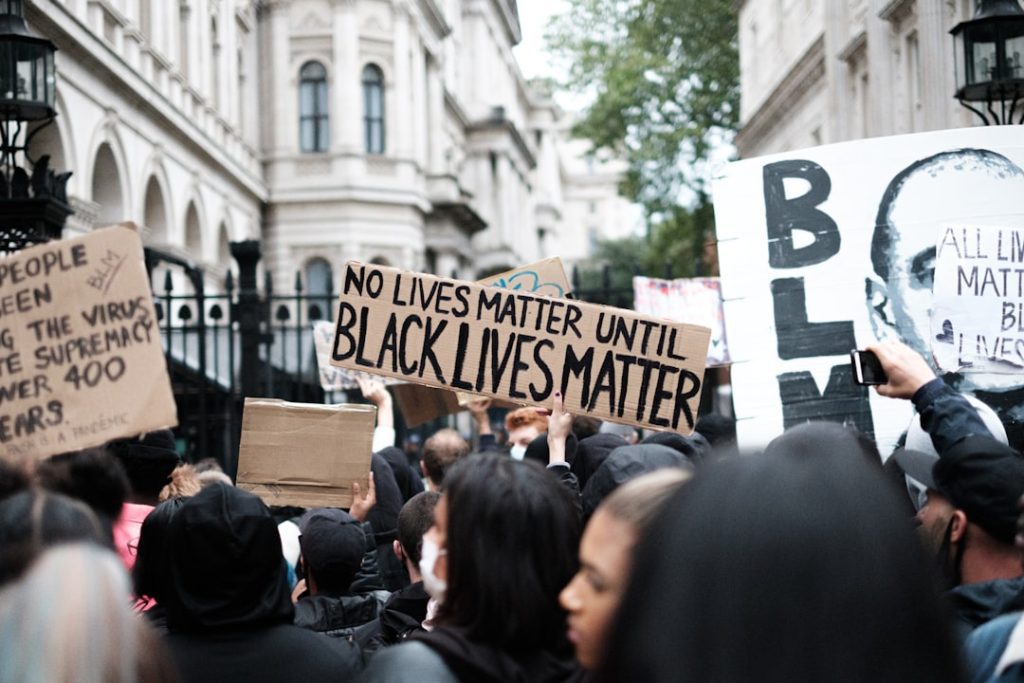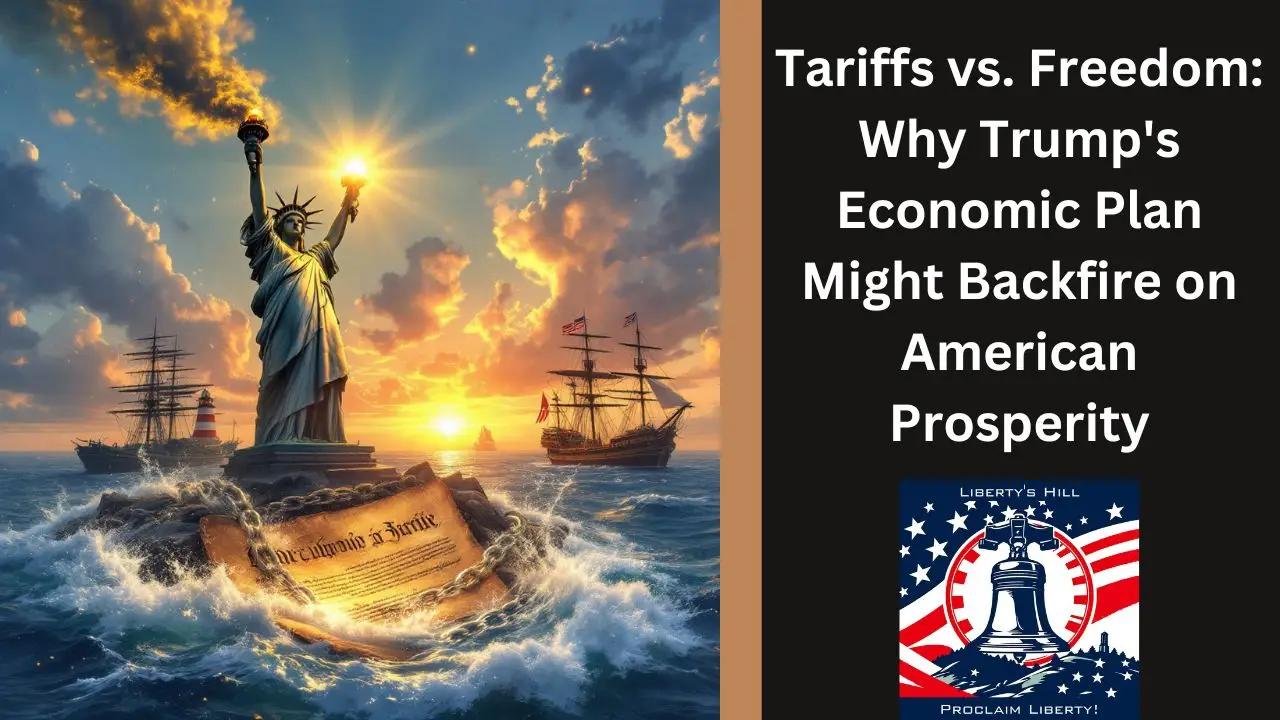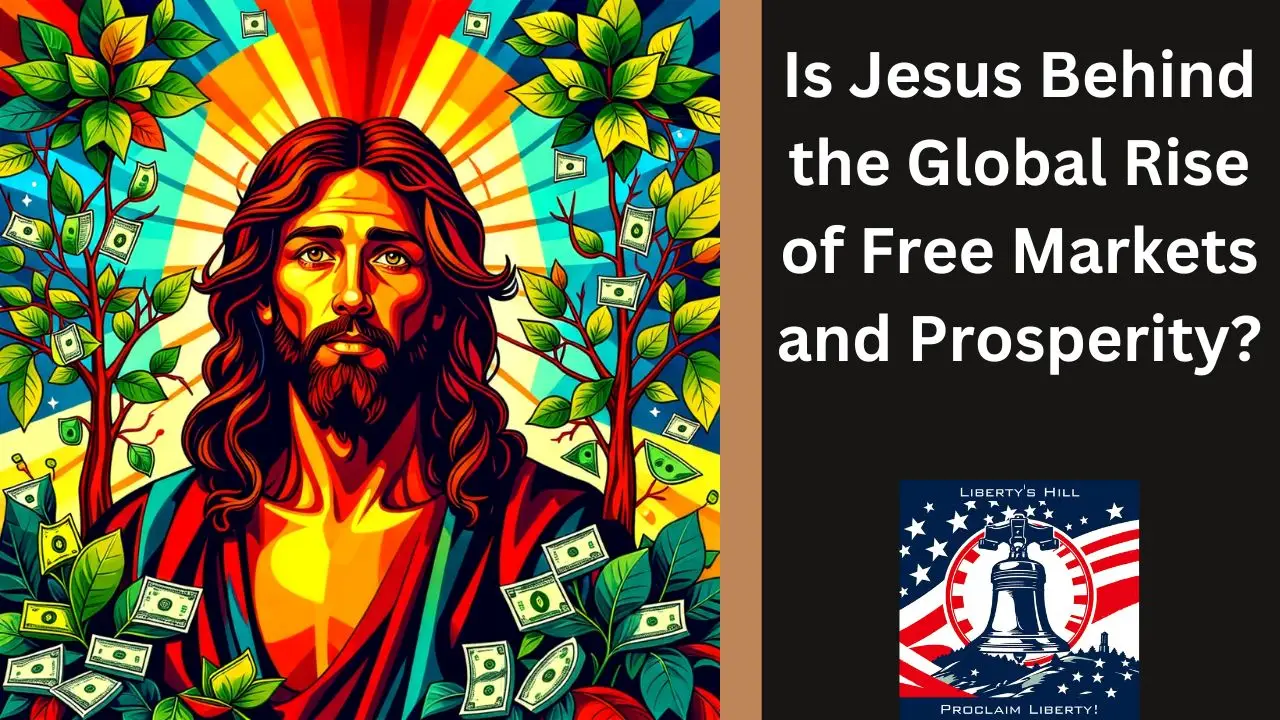Storytelling has long been a fundamental aspect of human culture, serving as a vehicle for communication, education, and social cohesion. Throughout history, narratives have played a pivotal role in shaping societies and influencing social change. From ancient oral traditions to contemporary digital platforms, storytelling has been a means through which communities have articulated their struggles, aspirations, and values.
For instance, the oral histories of indigenous peoples often encapsulate their relationship with the land, their cultural practices, and their resistance against colonial forces. These stories not only preserve cultural identity but also serve as powerful tools for advocacy and social justice. In the context of social movements, storytelling has been instrumental in galvanizing collective action.
The abolitionist movement in the 19th century utilized personal narratives from formerly enslaved individuals to expose the brutal realities of slavery. Figures like Frederick Douglass and Harriet Jacobs shared their experiences through autobiographies and speeches, compelling audiences to confront the moral implications of slavery. These narratives were not merely accounts of personal suffering; they were strategic tools that humanized the plight of enslaved people and mobilized public sentiment towards abolition.
Thus, storytelling has historically functioned as a catalyst for social change, enabling marginalized voices to challenge dominant narratives and advocate for justice.
Key Takeaways
- Storytelling has played a crucial role in driving social change throughout history, from ancient myths to modern-day activism.
- The way stories are told can significantly shape public perception and behavior, influencing attitudes and actions on social issues.
- Personal narratives have a powerful impact on social movements, humanizing issues and inspiring collective action.
- Storytelling is a key tool in advocacy and activism, helping to raise awareness, mobilize support, and drive change.
- Storytelling is an effective means of addressing social injustices, giving voice to marginalized communities and shedding light on systemic issues.
How Storytelling Shapes Public Perception and Behavior
The power of storytelling lies in its ability to shape public perception and influence behavior. Narratives can frame issues in ways that resonate emotionally with audiences, making complex social problems more relatable and understandable. For example, public health campaigns often employ storytelling to convey the importance of vaccination or healthy living.
By sharing personal stories of individuals affected by diseases or health crises, these campaigns can evoke empathy and motivate behavioral change among the public. The narrative of a mother whose child suffered from a preventable illness can be far more impactful than statistics alone, as it personalizes the issue and highlights the stakes involved. Moreover, storytelling can challenge stereotypes and preconceived notions by presenting alternative perspectives.
In the realm of social justice, narratives that highlight the experiences of marginalized groups can disrupt dominant narratives that perpetuate discrimination. For instance, the #MeToo movement has utilized personal testimonies to shed light on the pervasive nature of sexual harassment and assault. By amplifying the voices of survivors, these stories have not only raised awareness but have also prompted shifts in societal attitudes towards consent and accountability.
In this way, storytelling serves as a powerful mechanism for reframing public discourse and fostering a deeper understanding of social issues.
The Impact of Personal Narratives on Social Movements
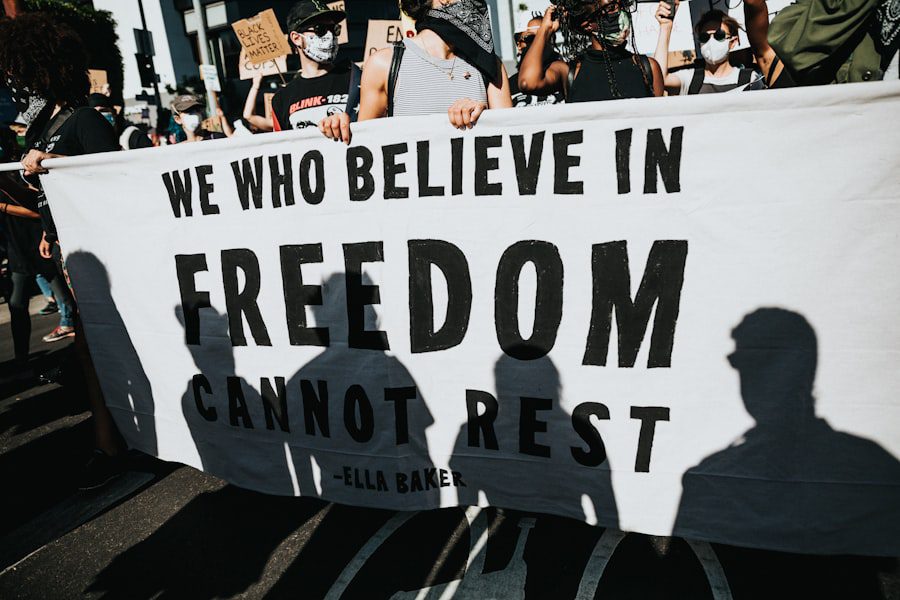
Personal narratives are at the heart of many social movements, providing a human face to abstract issues and fostering solidarity among diverse groups. These stories often emerge from lived experiences that resonate with broader societal struggles, creating a sense of shared identity among activists. For instance, during the Civil Rights Movement in the United States, individuals like Rosa Parks and Martin Luther King Jr. shared their personal experiences with racism and injustice, which helped to galvanize support for the movement.
Their narratives not only articulated the urgency of the struggle but also inspired countless others to join the fight for equality. The impact of personal narratives extends beyond individual movements; they can also create cross-movement alliances by highlighting commonalities among different struggles. The intersectionality of social justice issues means that personal stories from various backgrounds can illuminate shared experiences of oppression.
For example, narratives from LGBTQ+ activists often intersect with those from racial justice advocates, revealing how systemic inequalities can compound one another. By sharing these interconnected stories, movements can build coalitions that amplify their collective voices and strengthen their calls for change.
The Role of Storytelling in Advocacy and Activism
In advocacy and activism, storytelling serves as a strategic tool for mobilizing support and influencing decision-makers. Advocates often craft compelling narratives that highlight the urgency of their causes, aiming to engage both the public and policymakers emotionally. For instance, environmental activists frequently share stories about communities affected by climate change or pollution to illustrate the human cost of environmental degradation.
These narratives can evoke a sense of urgency that transcends statistics and scientific data, prompting individuals to take action or urging policymakers to implement necessary reforms. Furthermore, storytelling can be an effective means of countering misinformation and challenging dominant narratives that undermine advocacy efforts. In an era where misinformation spreads rapidly through social media, advocates can use storytelling to provide accurate representations of their causes.
By sharing authentic experiences and evidence-based narratives, they can combat stereotypes and misconceptions that may hinder progress. This approach not only educates the public but also fosters trust and credibility within advocacy efforts.
The Use of Storytelling in Addressing Social Injustices
Storytelling is a powerful tool for addressing social injustices by bringing attention to issues that may otherwise be overlooked or marginalized. Through narratives, individuals can articulate their experiences with systemic inequalities such as racism, sexism, or economic disparity. For example, initiatives like “Humans of New York” have utilized storytelling to highlight the diverse experiences of individuals living in New York City, shedding light on issues such as poverty, mental health, and immigration.
These stories humanize complex social problems and encourage empathy among audiences who may not have direct experience with these issues. Moreover, storytelling can serve as a form of resistance against oppressive systems by reclaiming agency for marginalized voices. In many cases, individuals from oppressed communities have used storytelling as a means of asserting their identities and challenging dominant narratives that seek to silence them.
For instance, the #BlackLivesMatter movement has harnessed social media platforms to share personal stories of individuals affected by police violence and systemic racism. By amplifying these narratives, activists not only raise awareness but also demand accountability from institutions that perpetuate injustice.
The Influence of Storytelling on Policy and Legislation
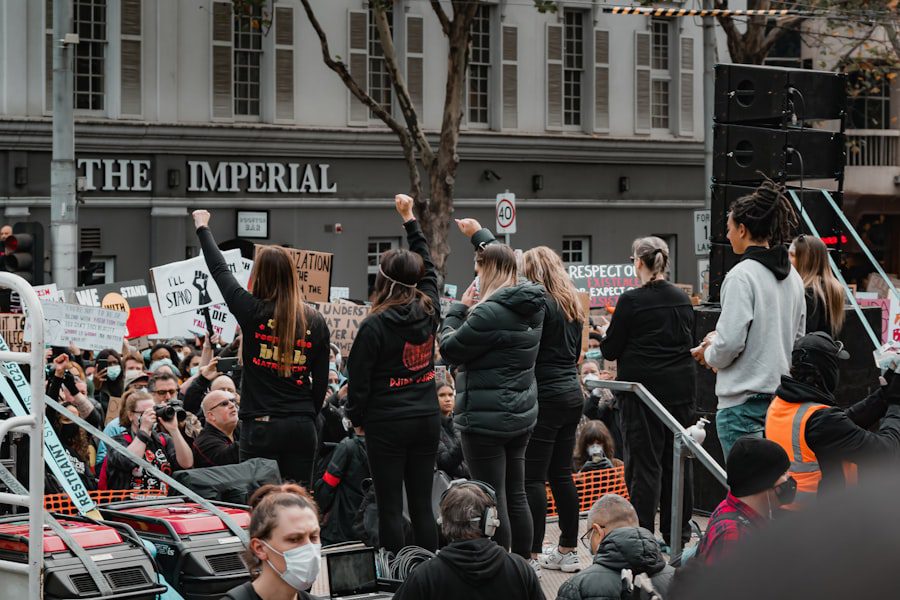
The influence of storytelling extends into the realm of policy and legislation, where compelling narratives can sway lawmakers and shape public policy agendas. Personal stories often serve as powerful testimonies during legislative hearings or advocacy campaigns, providing lawmakers with tangible examples of how policies impact real lives. For instance, during debates over healthcare reform in the United States, individuals have shared their experiences navigating complex healthcare systems or facing medical crises without adequate coverage.
These narratives can humanize policy discussions and compel legislators to consider the human implications of their decisions. Additionally, storytelling can play a crucial role in raising awareness about underrepresented issues that require legislative attention. Advocacy groups often utilize storytelling to highlight gaps in existing policies or to propose new initiatives that address pressing social concerns.
For example, campaigns advocating for criminal justice reform frequently share stories from individuals who have been impacted by harsh sentencing laws or wrongful convictions. By illustrating the consequences of these policies through personal narratives, advocates can create a sense of urgency that prompts lawmakers to take action.
The Power of Storytelling in Building Empathy and Understanding
One of the most profound effects of storytelling is its ability to foster empathy and understanding among diverse audiences. When individuals encounter stories that reflect experiences different from their own, they are often prompted to reconsider their perspectives and assumptions. This process is particularly important in addressing social divisions and fostering dialogue across cultural or ideological lines.
For instance, initiatives that promote intergroup dialogue often incorporate storytelling as a means of bridging gaps between communities with differing viewpoints. Moreover, storytelling can create spaces for vulnerability and connection, allowing individuals to share their struggles and triumphs in a supportive environment. In therapeutic settings or community workshops focused on healing from trauma or conflict, storytelling can facilitate catharsis and mutual understanding among participants.
By sharing their stories, individuals not only validate their own experiences but also invite others to empathize with their journeys. This shared vulnerability can be transformative, fostering a sense of community and solidarity among those who may have previously felt isolated in their struggles.
The Future of Storytelling for Social Change
As society continues to evolve in response to technological advancements and shifting cultural landscapes, the future of storytelling for social change holds immense potential. Digital platforms have democratized storytelling, allowing diverse voices to reach global audiences with unprecedented ease. Social media campaigns harnessing hashtags like #BlackLivesMatter or #MeToo demonstrate how collective storytelling can amplify marginalized voices and mobilize support for social justice causes on a massive scale.
Looking ahead, the integration of technology into storytelling practices will likely continue to shape how narratives are crafted and shared. Virtual reality (VR) experiences that immerse users in the lives of others offer innovative ways to foster empathy and understanding across divides. Similarly, interactive storytelling formats allow audiences to engage with narratives actively rather than passively consuming them.
As these technologies develop further, they may enhance the capacity for storytelling to drive social change by creating more immersive and impactful experiences. In conclusion, storytelling remains an essential tool for advocating social change across various contexts. Its historical significance is evident in its ability to shape public perception, influence policy decisions, and foster empathy among diverse communities.
As we navigate an increasingly complex world marked by social injustices and systemic inequalities, harnessing the power of storytelling will be crucial in amplifying marginalized voices and driving meaningful change for future generations.
